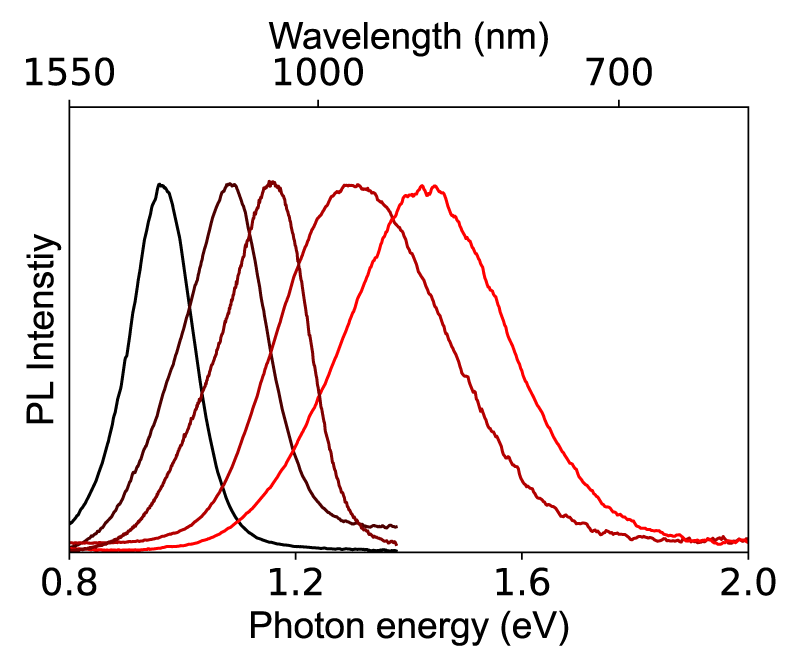Abstract
Group III–V quantum dots (QDs) are promising RoHS-compliant materials with high carrier mobility and tunable bandgaps, yet the synthesis of Sb-containing QDs has been constrained by the lack of suitable Sb(III) precursors. Conventional routes to InSb QDs rely on strong hydride reductants such as Super-Hydride or lithium aluminium hydride, often producing metallic byproducts.1 Here, we demonstrate a hydride-free hot-injection strategy using tris(dimethylamino)phosphine [P(NMe2)3, NMeP], which serves as both a phosphorus source and a mild reductant for Sb(III).2 Reduction of In(III) and Sb(III) precursors by NMeP yields InSb QDs, whereas tuning the Sb precursor ligand allows the formation of ternary InP1-xSbx QDs. Specifically, SbCl3–oleylamine favored InSb QDs formation, while SbCl3– trioctylphosphine (TOP) promoted InP1-xSbx alloys QDs. NMR and EXAFS analyses showed that Sb–TOP complexes exist in a dynamic coordination equilibrium with partial chloride loss and rapid TOP exchange, indicating that the Sb precursor structure significantly influences product composition. The resulting InP1-xSbx QDs exhibit tunable bandgaps from 0.96 to 1.44 eV (850–1300 nm) by varying the Sb feed ratio and particle size (Figure 1). This study establishes a safe and versatile strategy for synthesizing SWIR-emissive InSb and InP1-xSbx QDs.


